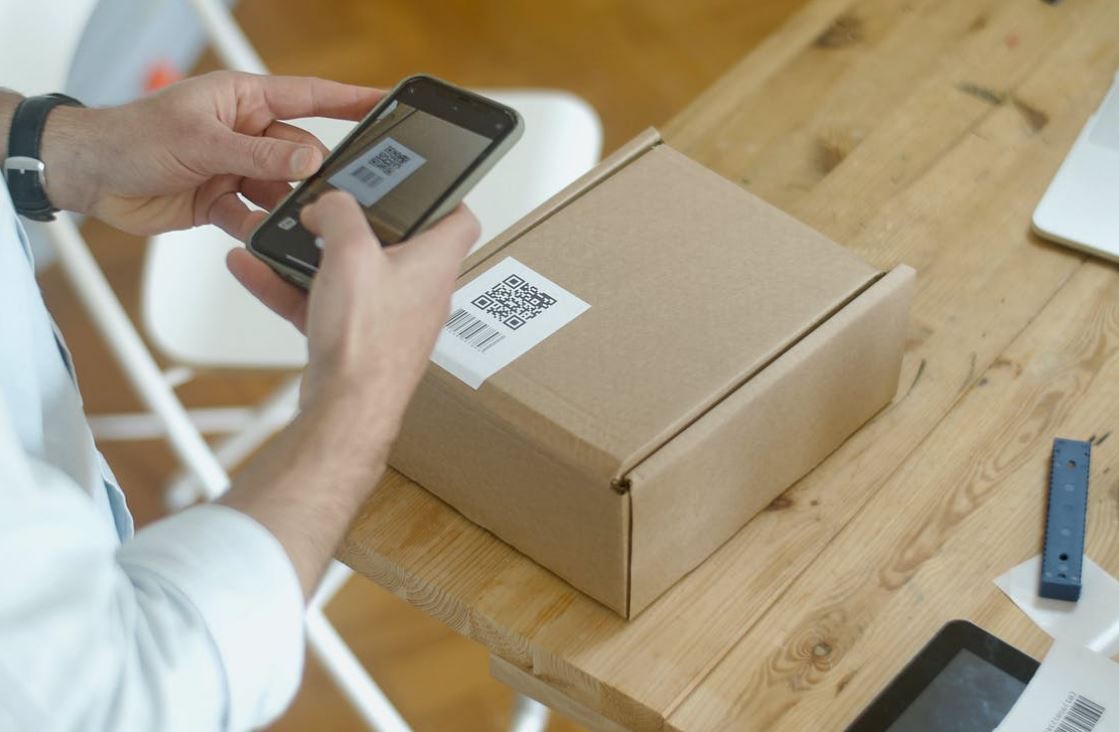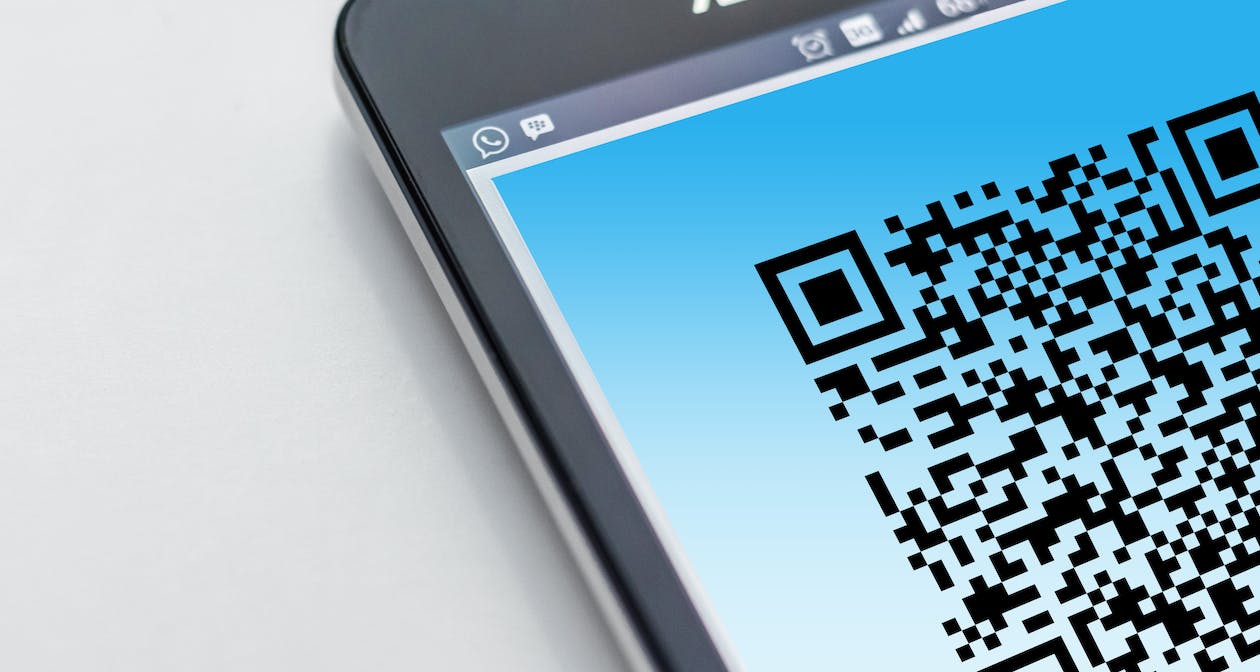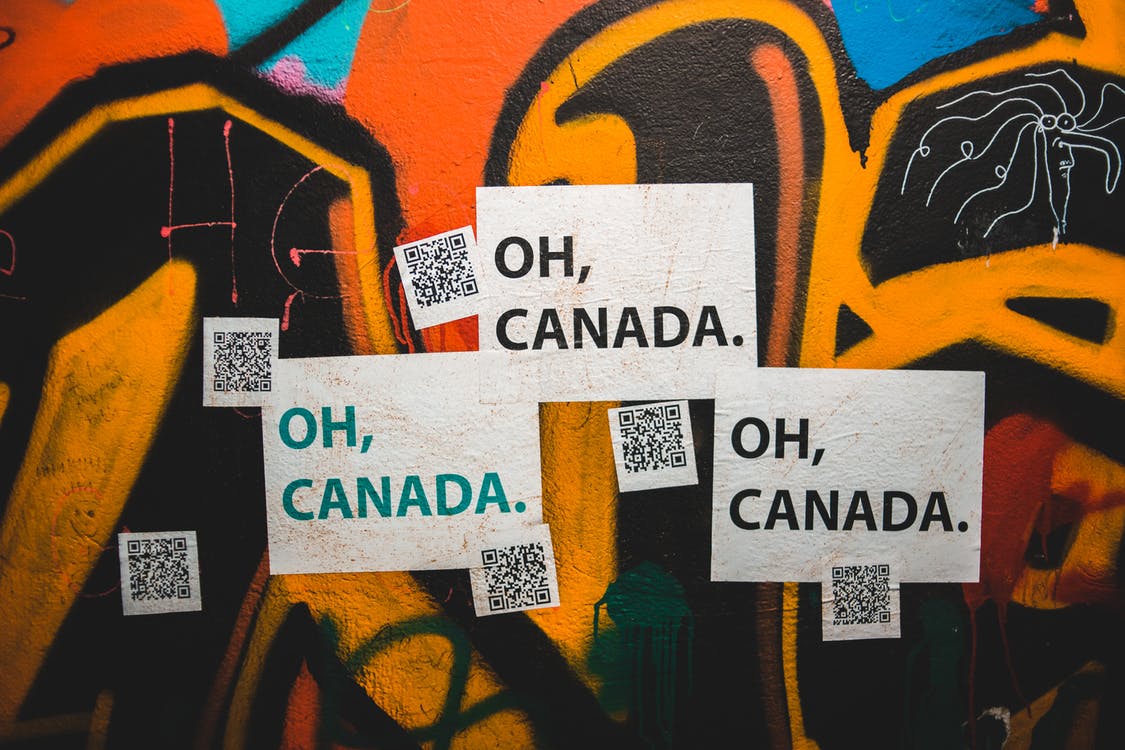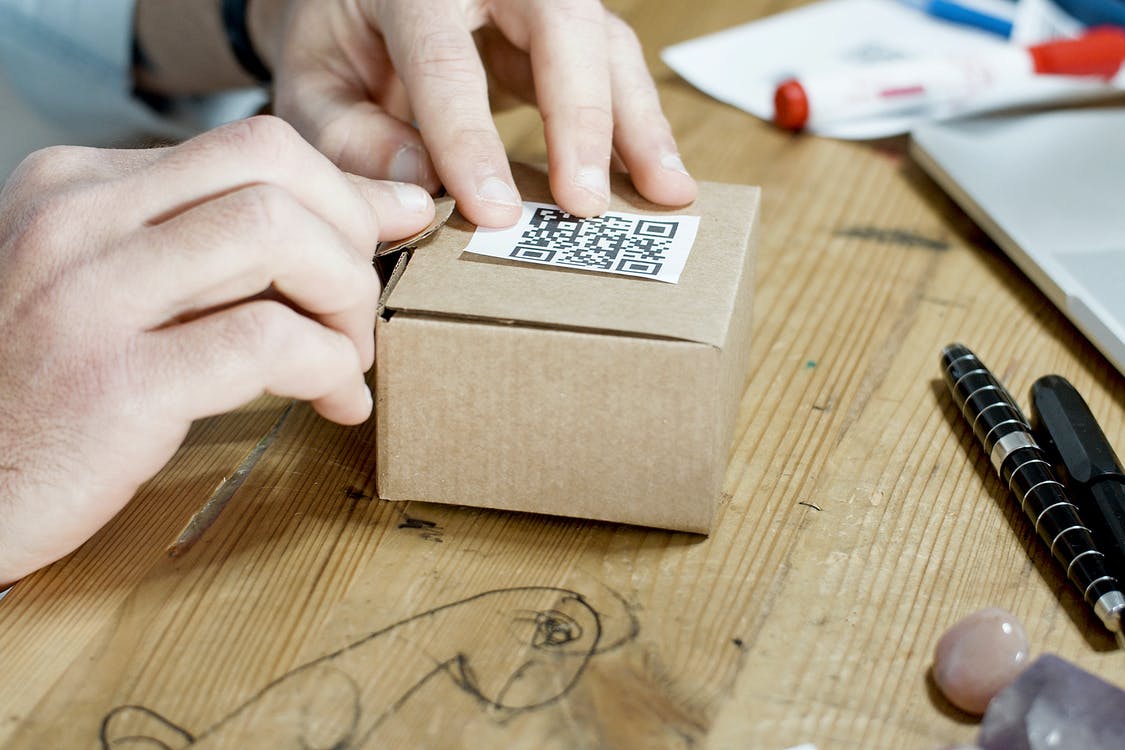How and Why to Add QR Codes to Your Product Labels

If your company hasn’t already adopted using QR Codes, the best time is to start now! The new form of barcode has been spreading like wildfire across the globe, and usage is up into the billions. From marketing to even the medical field, QR Codes have widespread usage. In particular, businesses putting QR Codes on their product label has become popular. Why are they doing this? What can a QR Code do?
We’re here to help you create QR Codes for your businesses, and explain the benefits! Businesses are adopting QR Codes because they can hold so much more data than a simple barcode. From allowing customers to find your website or more product details through just one simple click—to even holding data like phone numbers, images, or email addresses. It’s invaluable.
On top of that, QR Codes are much cheaper and efficient than a typical barcode. It’s also great for driving user engagement, and you can directly track the number of users who scan it. Nearly everybody has a smartphone that is capable of scanning one of these codes, as stock camera apps come with a built-in QR Code function.
How do you create QR Codes?

All it takes to create a QR Code is a few clicks—then you’re ready to start distributing! You can throw QR Codes on anything, from business cards, advertisements—and in particular, we’ll be focusing on adding them to product labels. First of all, there are quite a couple of QR Code creators online—but we offer our own QR Code Generator tool.
It’s quite versatile—and best of all, completely free! You can edit the size, and style, as well as even add images to the design! On top of that, you can have the QR Code link to your website, an image, text, or even business information like phone or email. You can just print out the QR Code and then place it anywhere—A business card, a handout, a poster in your store—anything!
The whole process only takes a few clicks, and then you can get straight to boosting your company. If you want a more in-depth view on using QR Codes to grow your business—check out our article here. We have some tips and good use-case examples there.
Should you use a dynamic QR Code?

Did you know—there is a range of QR Code types? We go through the different variations available more in-depth in this blog post here. We want to specifically focus on the dynamic QR Codes. What are they? Are they better than your typical, static QR Code?
Static QR Codes, once generated and printed can’t be changed. It’ll always have to link the same the URL or other data you attach to it. Whereas, a dynamic QR Code can be changed—even after launch. After a few weeks, or even months, you can update the URL and have the code link to something else.
Dynamic QR Codes are flexible and advances. How does it work? It’s done by the generator creating you a “special” URL link which then is set to redirect to your chosen website. The special URL stays static and is what is connected with your QR Code, however, you can change it to redirect to any URL whenever you want.
This is time-efficient, and better for production in the long run. Running a new marketing campaign? You won’t need to print out a whole new set of QR Codes—you can just reuse the same ones. This also means you won’t have to reprint the QR Codes for new products, and you can keep pre-existing products circulating.
Why should you add QR Codes on product labels?

There are a few reasons why you should add QR Codes on product labels.
- Customers could scan the QR Code to find out more information on the product. It also reduces the amount of information you include the on the packaging or product itself—which gives a cleaner, more minimalist style which is appealing to customers.
- You can use the QR Code to link directly to your business/company website or to a product review/survey form. Statistics have shown users are more likely to participate in activities like surveys when they’re easily accessible – eg: just one click away with a QR Code.
For example, if you’re selling beauty products—you could use a QR Code to provide detailed information on the ingredients and what skin types it’s good for. It could also include “How To” videos for applying the makeup and show recommended products.
Things To Consider:
QR Codes sound magical right? Well, before you jump into adopting them and print out a few dozen thousand – there are a few things to consider. Are they right for your company? QR Codes can be used in a diverse range of scenarios, like in entertainment and marketing. Think about what you want to use them for first before deciding on what type of QR Code you want to use.
For example, if you’re running a promotional campaign, or your products might receive updates later down the line—or you might change your mind and want to add more information, a dynamic QR Code might be best. You also want to consider the placement of the QR Code. You want to put it in a spot that is easily scannable, and visible to the user. At the same time—you don’t want it to be an eyesore and take up the entire label. Keep in mind: QR Codes can’t be placed on rounded surfaces like barcodes can.
Why are QR Codes the new go-to for businesses?
So, why have businesses been so quick to jump on the QR Code train? Why should you use QR Codes on product labels? The code has existed for decades, but it has only seen an exponential rise in popularity in recent years. Unfortunately, this rise can be attributed to the global pandemic – it’s widespread adoption was a side-effect of COVID.
Companies and organizations were turning to QR Codes to implement more hands-free ways to do activities such as: contactless purchasing, quick tracking, and even surveys without having to interact face-to-face. This has led to the realization that QR Codes could be used in day-to-day activities, and improve overall quality of life for the users and organizations using them.
A great example of QR Code implementation is restaurants and cafés using them for allowing customers to peruse the menu, and purchase from them. Not only is this safer for the restaurant because it’s contactless, but it’s also more efficient. There’s no more need to wait in a line to process payments, and it makes everything faster—from ordering food, to delivering food, and assigning table numbers. It also removes the need issue of wrong orders!
Governments have also been adopting QR Codes for use in tracking. For example, in Australia, it was used as the main source of tracking COVID-19 positive people and where they’ve been. Let’s take a look at the QR Code statistics for 2022! Whilst Asian countries have been the quickest to adopt QR Codes, it’s quickly being used everywhere worldwide—from Australia to the UK and America.
Mobileiron conducted a survey that had participants from the UK and Europe to showcase QR Code usage. It was reported that over 85% of participants had scanned a QR Code before, and over 35% scan one once a week. Just last year, it was reported that QR Code payments had hit $2 trillion, and it’s estimated this will grow to a behemoth $3 trillion by 2025 globally! It’s a sign that it’s time to adopt this new technology, and jump on the train before it leaves without you!
In 2021 alone, over 75 million people scanned a QR Code on their smartphone. This is a huge increase over the 2020 by 15.3%! And the statistics is only growing steeper and steeper from here. If you want a more detailed breakdown of the growth of QR Codes and statistics over the years, check out our QR Codes – How big are they? article.
Get Started With QR Codes Now!
Create your own QR Codes completely free using our Code Generator! Create a range of codes, from URL links, contact forms, and track all the stats! You can even customize the design and size.
